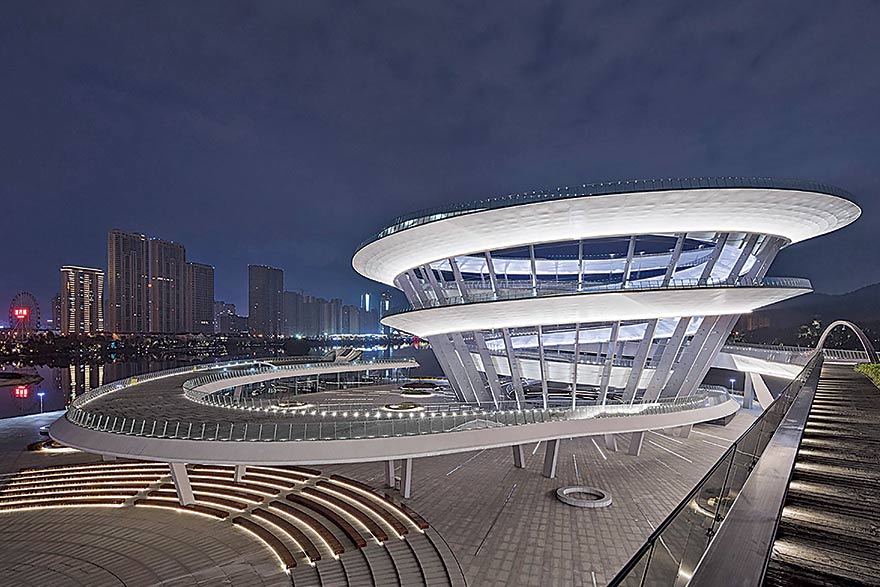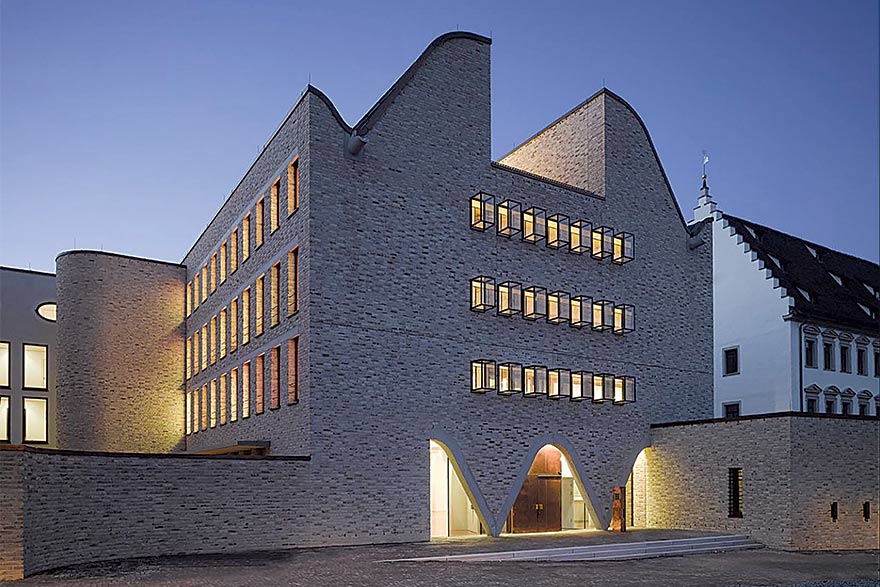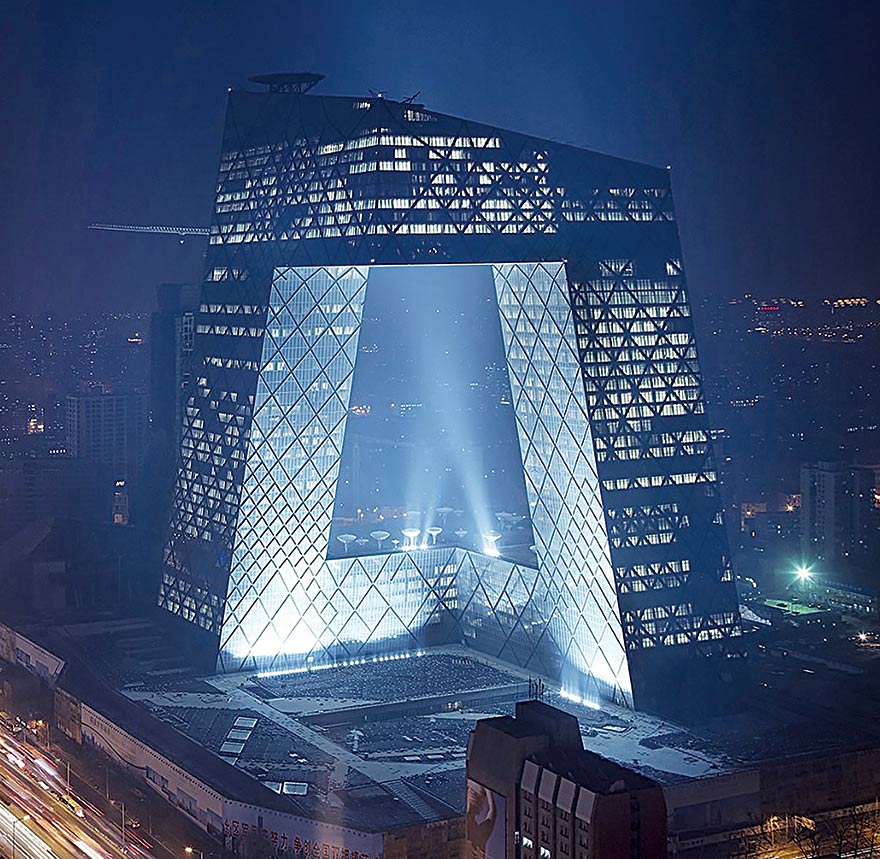Rationality and precision define German building culture. Yet with the success of ecological architecture it is also developing new emotionality and lightness
In Germany, the volume of public and private investment in the building is roughly the same as the national budget. Around €300 billion annually is spent on new buildings and refurbishment measures, five-sixths of that figure on civil engineering projects. So it comes as no surprise that Germany has an exceedingly rich architectural scene, in which a wide range of trends are reflected. The stylistic spectrum ranges from extensive cutting-edge urban expansion projects to historical reconstruction work.

In this diversity, defining currents characteristic of developments in building culture in Germany are nonetheless discernible. Germany’s traditional reputation as a land of engineers has its roots not least of all in design. 100 years after the founding of the Bauhaus, the architectural and design centre of Classic Modernism, which in 2019 celebrated its centenary anniversary, German architects are still regarded as precise and focused on the function rather than being creative shape-wise. In the age of computer-generated building sculptures, they are held in high esteem in other countries precisely for these virtues and the reliability that goes with them.
Modernism, which in 2019 celebrated its centenary anniversary, German architects are still regarded as precise and focused on the function rather than being creative shape-wise
Aesthetically this rational design approach is either expressed in the Modernist spirit with an abstract to elegant signatures, especially in housing and office construction, or it leads to technoid-looking major projects such as those by Christoph Ingenhoven’s Düsseldorf firm or Hamburg partnership gmp. With their concept of sensible designs, numerous German architecture firms are successful worldwide, designing stadiums, transport and cultural structures, and high-rises. They include, for example, AS+P, KSP Jürgen Engel, Henn Architekten, and Barkow und Leibinger. Moreover, they boast what is nowadays a major area of expertise, one that asserted itself in Germany particularly early on: Ever since the turn of the millennium for German architects the ecological optimisation of buildings has been an integral part of the design process.

NEW PLAYFUL SHAPES
Over the past 20 years though, internationally renowned firms such as Sauerbruch & Hutton (Berlin), Behnisch Architekten (Stuttgart), Hadi Teherani (Hamburg), Allmann Sattler Wappner (Munich) and Schneider + Schumacher (Frankfurt) have not only developed convincing methods to help save resources and energy with the facility and building technologies. Their conscientious approach to ecological issues has also given rise to a new playful lightness in the choice of the outer shape.

Tasteful colour compositions on outer facades or for interiors have replaced the restrained black-and-white palette of the all-defining Modernism. The rigid preference for rectangles had given way to forms with a greater appeal to the senses. And the joyful side to a building has emerged as an enduring quality – in line with the statement by Matthias Sauerbruch of Sauerbruch & Hutton: “Architecture can only be ecological if people bond with their home and look after it. As regards sustainability, the focus must, therefore, be on designing a house that is loved.”
The key task of architects and urban planners alike in forthcoming years will be to put this model successfully into practice despite high property prices in cities
Many architects with an artistic thrust are successfully championing this new emotionality. For example, Stuttgart-based Lederer Ragnarsdóttir Oei, who have developed a poetic use of brick that has the feel of Expressionism in female shapes. Ole Scheeren, who along with Dutch star architect Rem Koolhaas designed the looping CCTV headquarters in Beijing, works in a Modernist vein but with humorous edges, for example, his high-rise in Bangkok, from which some of the blocks seem to have been removed. The idiosyncratic designs by Peter Haimerl, an architect with a particular penchant for concrete as the base material, transform farmhouses and village centres into cultural venues.

At present, the greatest challenges German architects face is to find solutions for housebuilding – which accounts for well over half total construction expenditure. Intensified by the influx of hundreds of thousands of refugees, the already tight market for affordable homes in the major conurbations faces complicated tasks. To solve the problem without resorting to frustrating green-field satellite towns, local authorities are increasingly seeking to increase downtown densities.
The German architectural world is being immensely creative in mastering the difficulties. For example, with the plans for a large new Werkbundsiedlung in Berlin that takes its cue from the historical districts that arose at the end of the 19th century. For cities are only worth living in, and on this, the majority of architects and inhabitants agree, if work and living, shopping and leisure time offerings are closely intermeshed to give rise to diverse and vibrant districts. The key task of architects and urban planners alike in forthcoming years will be to put this model successfully into practice despite high property prices in cities.